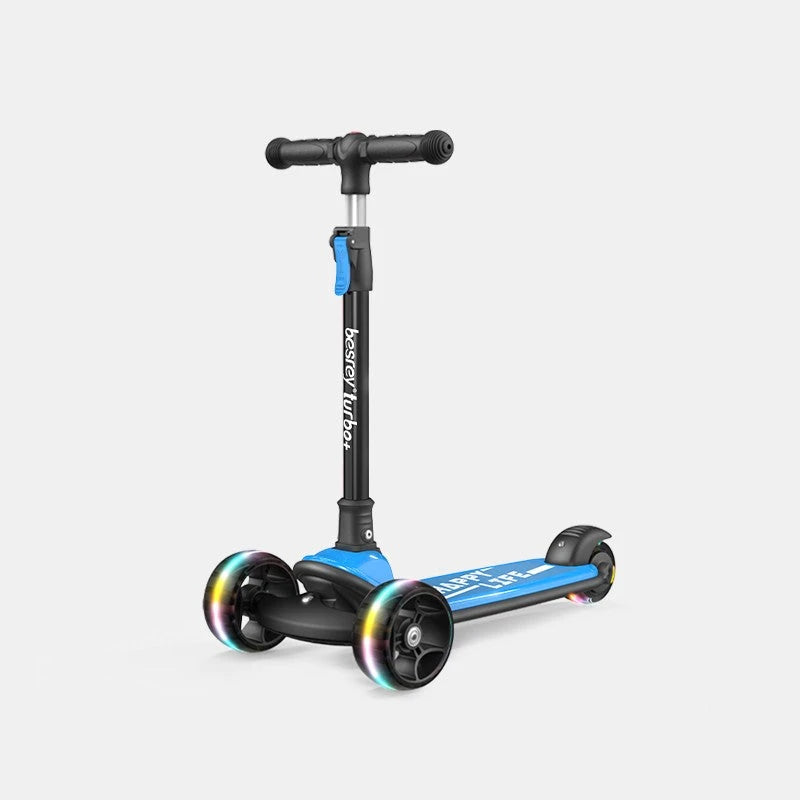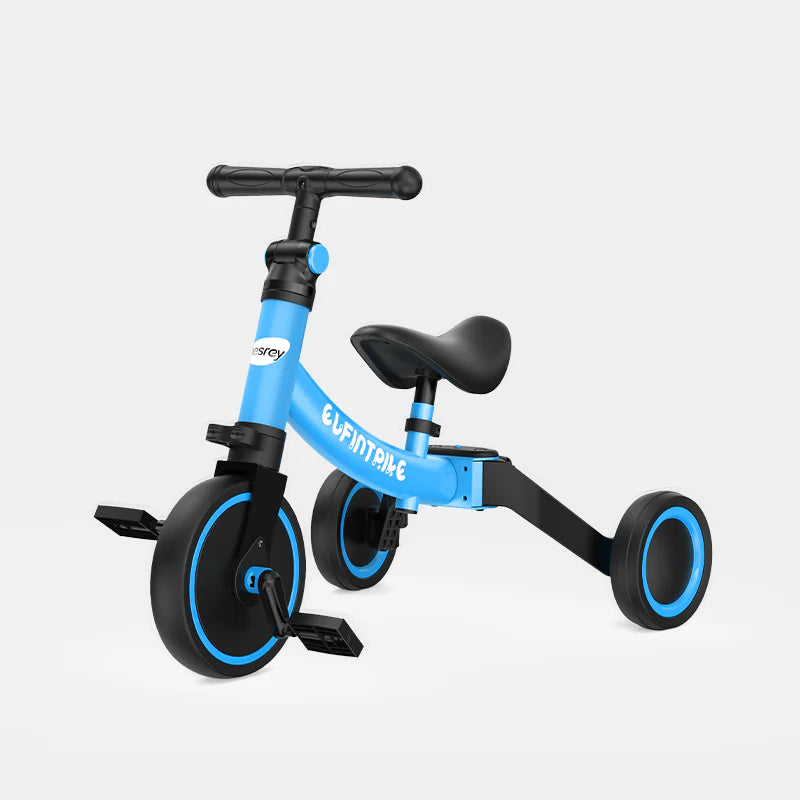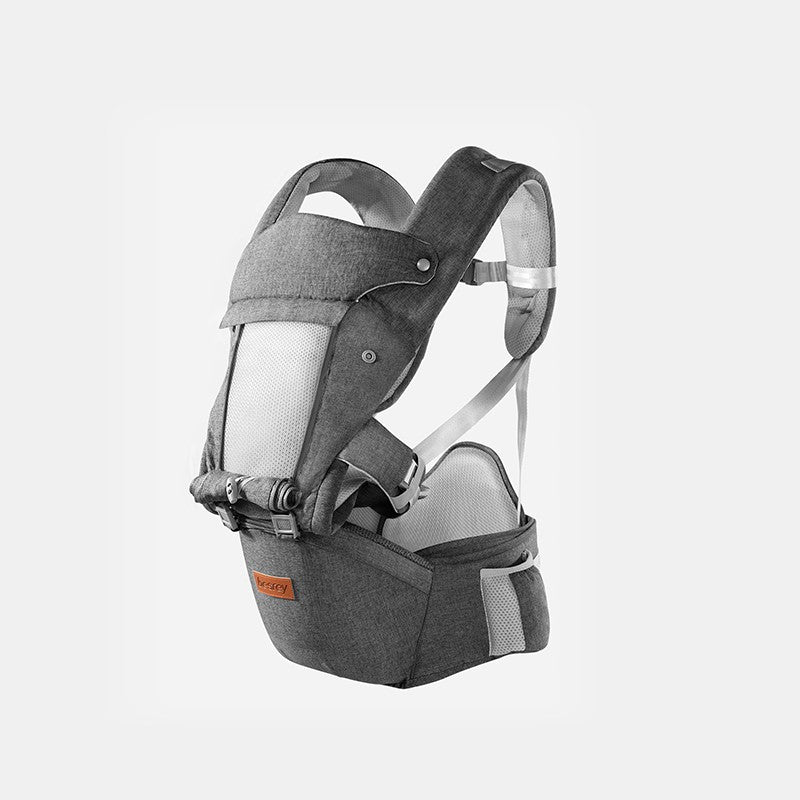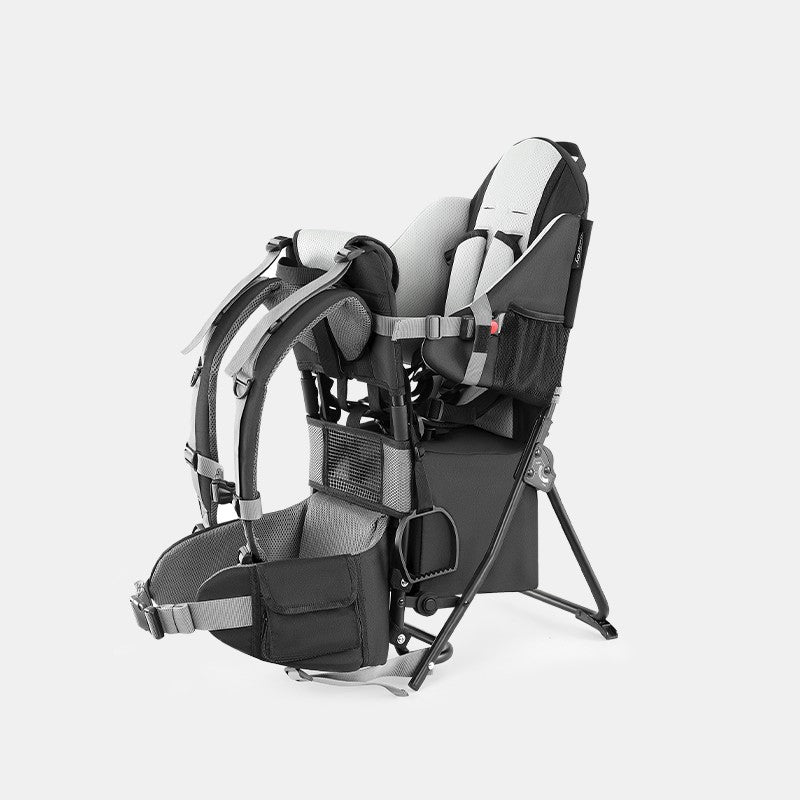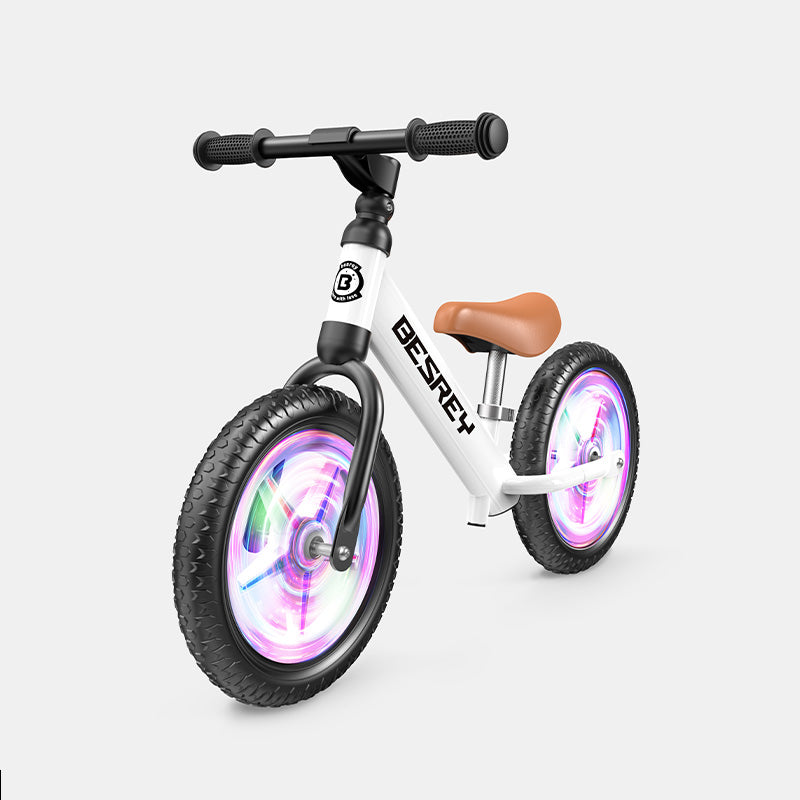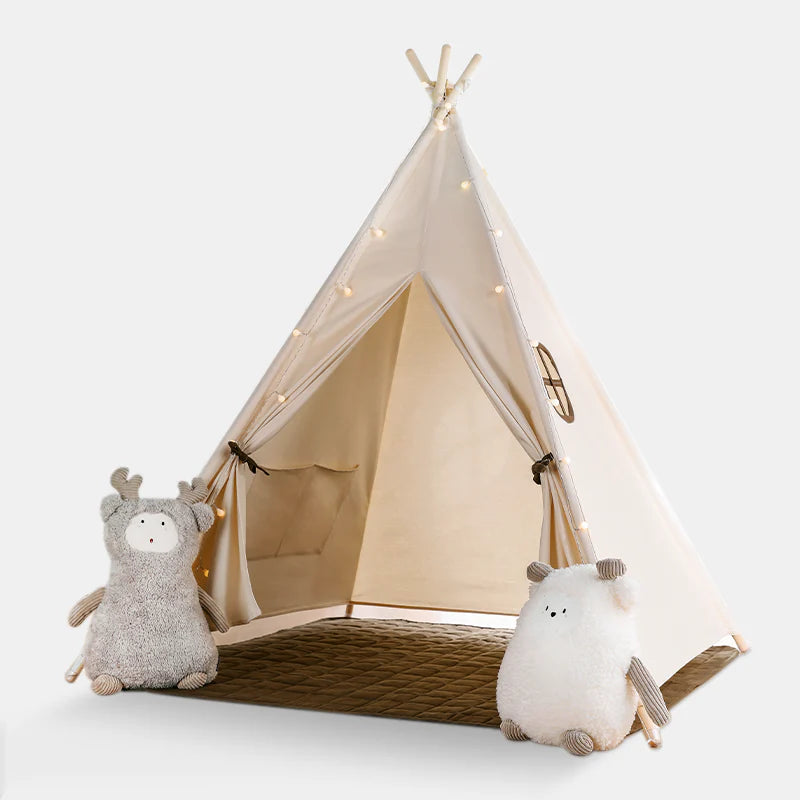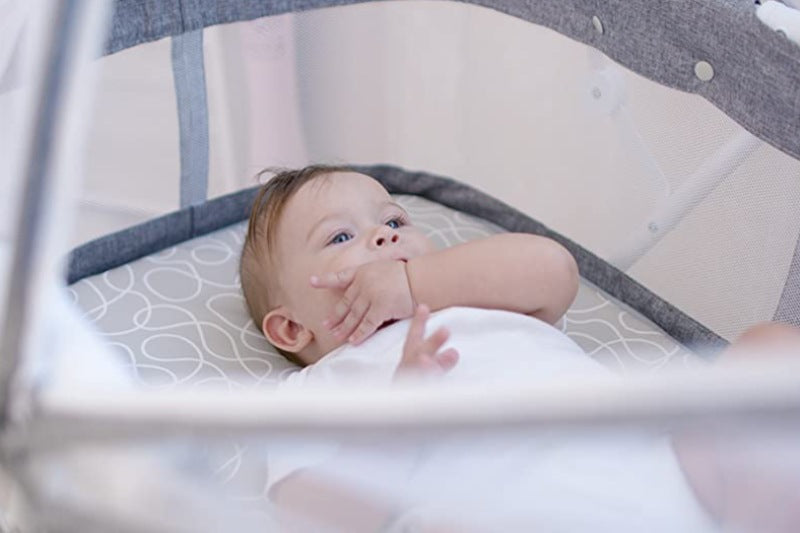
Bassinet vs. Crib: Do you Need Both for Your Newborn?
Are you thinking about skipping the traditional bassinet and immediately starting your baby in a baby crib?
This post is for you if you're a minimalist, a pragmatist, live in a small house, or are on a tight budget. We'll compare and contrast the main features of bassinets and cribs below.
After reading, you'll have a clear opinion on baby bassinet vs. crib.
Let's get started!

Bassinet vs. Crib: What is the Difference?
There are a few key distinctions between a baby bassinet and a crib.

How Long Can a Baby Sleep in a Bassinet?
Many newborns begin their sleeping lives in their parent's room, in a baby bassinet or other bedside sleeper. This is convenient because you can comfort and feed your infant without shuffling down the hall in the dark.
Furthermore, it adheres to the American Academy of Pediatrics's recommendation that babies sleep in the same room as their parents — but not in the same bed — for at least the first six months.

When Does a Baby Sleep in a Bedside Crib?
When is your child transitioning to a crib? It depends on many factors. You can decide when to make the switch by asking yourself the following questions:
How Big is Your Child?
Bassinets and other bedside sleepers are excellent for newborns, but they usually have weight restrictions. Some are as light as 10 pounds (and may only last a month), but most can accommodate a 20-pound baby.
Your weight limit can be found in the instruction manual or on the manufacturer's website. When your child weighs 15 pounds, if you can't find the weight restriction, err on the side of safety and put her in a crib.
Does She Appear Confined?
It might get too snug even if your baby is under the bassinet's weight limit. Next time you set her down, look at her. Does she appear confined?
It might be time to give her a little more room if her head or feet touch the bassinet's ends or sides or if she wakes up frequently (or jarringly).
Can Your Baby Sit Up or Roll over in Her Bassinet?
It's exciting to see your baby reach new milestones, but the more your baby can do, the riskier it is to sleep in a bed designed for newborns. Because bassinets are often shallower than cribs, a baby rolling or about to sit up may flip out.
What Do You Need to Consider?
Are you still debating whether a bassinet or a baby crib is better for your baby? Now that you have the basics and a breakdown of the two, let's consider a couple more things.
Assembly
You don't want to spend several days putting your baby's bed together when you're getting ready for the baby's arrival. This can lead to frustration and stress (the last thing expecting parents need!), so think about how easily you can assemble the bed you're considering.
Don't hesitate to ask friends or family for assistance when putting together a baby bed if you choose one that is difficult to put together.
Stability
Check the product's stability after assembling the baby bassinet or crib (you can always return it if you find it unstable).
Push down, shake the bed's sides, and inspect the wheels or legs. If your bassinet has wheels, make sure there is a mechanism to lock them, so the bassinet does not roll or tip over if knocked.
Check the locks that hold the bed open if you've chosen a portable crib or bassinet. Check that the locks are secure so that the bed does not open or close unexpectedly.
Expert advice: Even if you believe you know how to assemble a crib or bassinet, always carefully follow the instruction manual. Your child's safety is at stake!
Share

